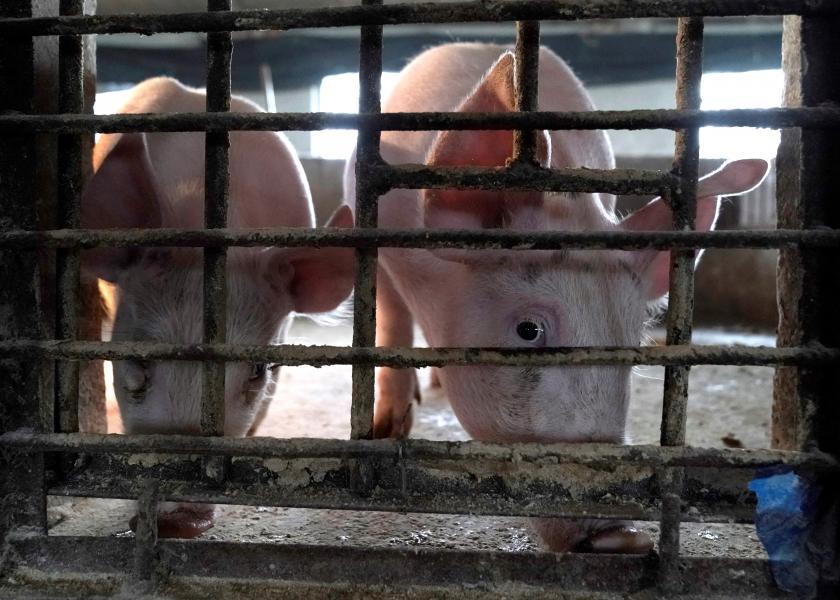China’s ASF Epidemic Leaves Lasting Global Pork Market Impact

China, the world’s top producer and consumer of pork, faced a significant outbreak of African swine fever (ASF) among its pig herds that lasted for three years until late 2021. Despite its recovery, the domestic pork market in China remains volatile, posing potential uncertainties for pork exporters worldwide. The epidemic had lasting impacts on the global pork market, as outlined in a report by three USDA economists:
- Pork output impact: During the 30 months of the epidemic, China’s pork production dropped by an average of 18% below normal levels.
- Consumer price surge: Pork prices for consumers doubled for 14 months, ending in January 2021, and only returned to pre-epidemic levels by September 2021.
- Limited imports: Although record amounts of pork were imported during the outbreak, they could only replace a fraction of the lost production.
- Hog farming consolidation: The epidemic led to the consolidation of hog farming into larger-scale operations.
- Higher production costs: China incurred higher production costs due to the construction of new, larger hog farms and stricter biosecurity practices.
- Sustained demand for imported pork: Rising pork prices in China, reflecting increased production costs, may continue to support the demand for imported pork, despite China’s expansion of pork production capacity.
- Global pork market: China remained the world’s largest pork importer in 2022, though its share of the global market was less than one-third of its peak during the epidemic.
Bottom line: The recovery and ongoing dynamics in China’s pork industry have implications for both domestic and international markets, highlighting the complexities of the global pork trade.







